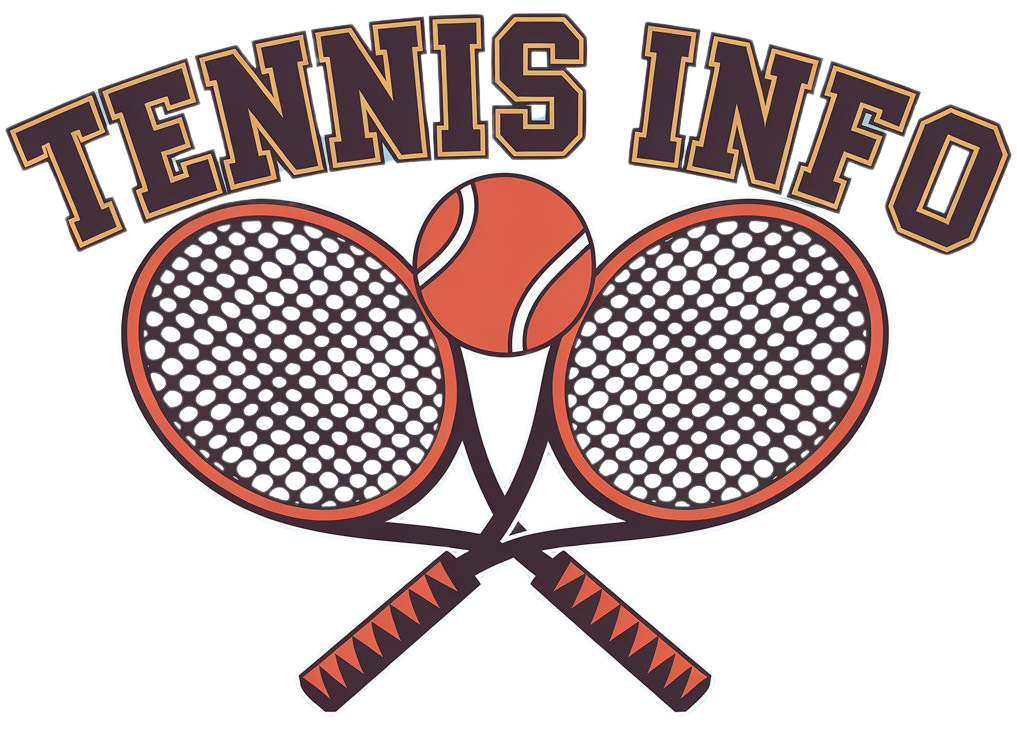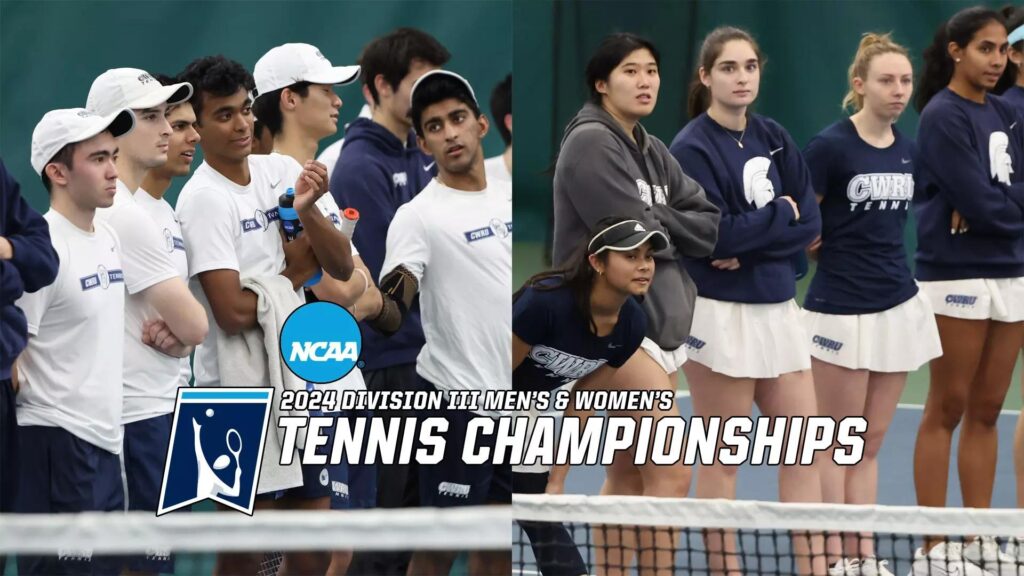Division III WomenŌĆÖs Collegiate Tennis Rankings ŌĆō June 4th: ITA Unveils Latest Standings
On June 4th, the Intercollegiate Tennis association (ITA) unveiled its latest rankings for ŌĆīDivisionŌĆŗ III women’sŌüŻ tennis, marking a important moment in collegiate athletics. This update follows an exhilarating season characterized by intense competition and remarkable performances across various collage tennis programs.As teams prepare forŌüż summer training and strategize for the upcoming fall season, these rankingsŌüŻ provide Ōüóa glimpse into the players ŌĆŹand teams that have excelledŌĆī throughout theŌĆŹ spring. With numerous high-stakes ŌĆŗmatchups and emerging talents making headlines, the ŌĆŹITA’s latest standings underscore the wealth of talent within Division III, highlightingŌĆŹ both established powerhouses and up-and-coming programs that continue to redefine excellenceŌüŻ in collegiate sports. As fans eagerly anticipate more thrilling action in the coming year,these June rankings not only reflect past accomplishments but alsoŌĆī hint atŌüŻ exciting rivalries and challenges on the horizon.
Division IIIŌüż WomenŌĆÖs Collegiate ŌüżTennis Rankings Highlight Emerging Talent andŌĆŗ shocking ŌĆŗUpsets
The recent Division III womenŌĆÖsŌüŻ college tennis rankings have spotlighted an impressive array Ōüóof new talent alongside unexpected results that have altered team dynamics. Young athletes from various colleges are stepping intoŌĆŹ prominence with theirŌĆŗ outstanding performances this season.Noteworthy risingŌüó stars include:
- Sarah Thompson (Amherst College) – With herŌüó nimble Ōüżplaystyle and strategic insight, Thompson has quickly established ŌĆīherself as a formidableŌĆŹ competitor.
- Emily Zhang (Pomona-Pitzer) – Renowned for ŌüŻher powerful serves, Zhang has triumphedŌĆŗ over several highly-ranked opponents ŌĆŗ this spring.
- Rachel Kravitz (Middlebury College) – KravitzŌĆÖs reliability and mental strength have playedŌĆŗ a crucial role in herŌĆŗ teamŌĆÖs ŌĆŹachievements.
The latest updates also reveal someŌĆī surprising ŌĆŗupsets that have reshaped team standings. Several top-ranked teams encountered unforeseen challenges ŌüŻduring ŌüŻmatches resulting in losses thatŌüŻ sparked discussions about collegiate tennis’s unpredictable nature. Some notable upsets include:
| Matchup | Triumphant Team | Prior ranking |
|---|---|---|
| Colby ŌüŻvs. Williams | Colby | #5 |
| swarthmoreŌüż vs.Johns Hopkins | < td >Swarthmore < td >#8 < tr >< td >Carnegie Mellon vs.Brandeis < td >Brandeis < td >#12
In-depth Analysis of Leading Teams and Key Athletes in June Rankings
The June rankings for Division III womenŌĆÖs collegiate tennis present an intriguing picture of competitive excellence. ŌüóAt the forefront iswilliamsŌüó college , which continuesŌĆŗ to dominate with not only strong overall performance but ŌüŻalso exceptional individual contributions from standout playersŌüŻ who consistently deliver throughout their matches . Their success can be attributed to Ōüómultiple factors including strategic match preparations ,an experienced coaching staff ,and remarkable depth within theirŌüŻ roster . Key players such as Emily Thorne have been instrumental to their ŌüŻundefeated streak within conference play Ōüóindicating how well they work ŌĆŗtogether Ōüótactically may ŌĆīset them Ōüóapart ŌĆŹheading into ŌĆīchampionship playoffs .
Another ŌĆīnoteworthy contender is < tr />Team Rank Key Player Williams College 1 Emily ThorneŌĆŹ 2
< tr />
< tr />
< tr />Strategic Advice For Coaches And Athletes to Improve Performance
IfŌüż coaches & ŌĆīathletes want maintain or enhance competitiveness they must focus on blending physical readiness mental resilience along withstrategic gameplay.
ConsiderŌĆŹ implementing following strategies :
- < strong Personalized Training Regimens : Tailor trainingŌüó programs ŌüŻaccording each athlete's strengths weaknesses optimizing performance through targeted exercisesŌĆī .
- <Ōüó strong Psychological ŌüżPreparedness : Incorporate sports psychology techniques such visualization mindfulness boosting mental toughness focus during competitions .
- < strong Ōüótactical Analysis : Utilize video ŌĆŗanalysis dissecting opponents' gameplay allowing athletes develop effective counter-strategies .
Additonally fostering collaborative environments substantially impacts overall performance.TeamsŌüŻ should emphasize Ōüóimportance communication support helping individuals thrive under pressure.strategies may include :
- < strong Peer mentoringŌĆŗ : ŌüżEstablish system where experienced players guide newer teammates creating culture shared knowledge support .
- < strong Routine Simulations Conduct practice matches replicating competitive conditions reinforcing game ŌüŻstrategies building confidence.






